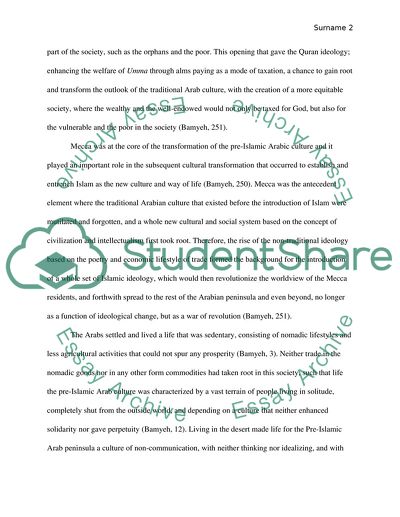Cite this document
(“Book Summary: Social Origins Of Islam: Mind, Economy, Discourse Report/Review”, n.d.)
Book Summary: Social Origins Of Islam: Mind, Economy, Discourse Report/Review. Retrieved from https://studentshare.org/history/1662327-book-summary-social-origins-of-islam-mind-economy-discourse
Book Summary: Social Origins Of Islam: Mind, Economy, Discourse Report/Review. Retrieved from https://studentshare.org/history/1662327-book-summary-social-origins-of-islam-mind-economy-discourse
(Book Summary: Social Origins Of Islam: Mind, Economy, Discourse Report/Review)
Book Summary: Social Origins Of Islam: Mind, Economy, Discourse Report/Review. https://studentshare.org/history/1662327-book-summary-social-origins-of-islam-mind-economy-discourse.
Book Summary: Social Origins Of Islam: Mind, Economy, Discourse Report/Review. https://studentshare.org/history/1662327-book-summary-social-origins-of-islam-mind-economy-discourse.
“Book Summary: Social Origins Of Islam: Mind, Economy, Discourse Report/Review”, n.d. https://studentshare.org/history/1662327-book-summary-social-origins-of-islam-mind-economy-discourse.


